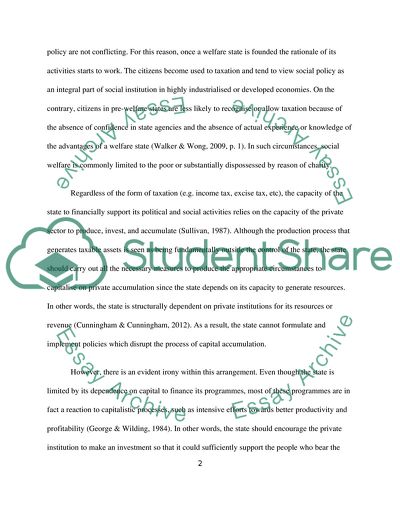Cite this document
(“Social policy in theory and practices Essay Example | Topics and Well Written Essays - 2500 words”, n.d.)
Social policy in theory and practices Essay Example | Topics and Well Written Essays - 2500 words. Retrieved from https://studentshare.org/miscellaneous/1612662-social-policy-in-theory-and-practices
Social policy in theory and practices Essay Example | Topics and Well Written Essays - 2500 words. Retrieved from https://studentshare.org/miscellaneous/1612662-social-policy-in-theory-and-practices
(Social Policy in Theory and Practices Essay Example | Topics and Well Written Essays - 2500 Words)
Social Policy in Theory and Practices Essay Example | Topics and Well Written Essays - 2500 Words. https://studentshare.org/miscellaneous/1612662-social-policy-in-theory-and-practices.
Social Policy in Theory and Practices Essay Example | Topics and Well Written Essays - 2500 Words. https://studentshare.org/miscellaneous/1612662-social-policy-in-theory-and-practices.
“Social Policy in Theory and Practices Essay Example | Topics and Well Written Essays - 2500 Words”, n.d. https://studentshare.org/miscellaneous/1612662-social-policy-in-theory-and-practices.


